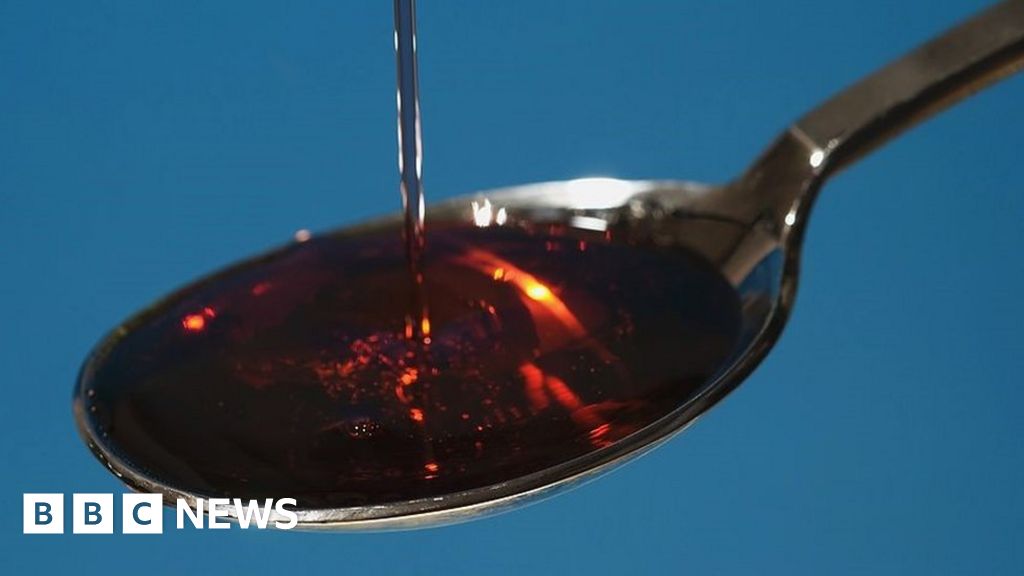In the world of contemporary music, few narratives evoke as much intrigue and sorrow as that of the late Pimp C, a prolific figure whose life was a mélange of creative genius and personal tumult. His tapestry was woven with threads of raw talent, ambition, and a haunting penchant for substances that promised escapism but ultimately delivered tragedy. The chronicler of his own existence, he crafted lyrics that resonated with the struggles of life in the South, drawing vivid landscapes directly from his experiences. However, behind that charismatic persona lay the shadowy specter of addiction, which would become both his muse and his downfall.
Pimp C’s demise at the age of 33 serves as a stark reminder of the perils of ambition in a world filled with excess. This vibrant artist, revered for his contributions to the hip-hop genre, fell victim to a cocktail of substances that rendered his brilliance to mere memory. The grim reality is that he succumbed to a cough syrup overdose, a chilling echo of the larger cultural phenomenon surrounding lean—a concoction that has captivated and ensnared countless souls in its syrupy embrace.
Lean, garnished with a deceptive allure, entices young individuals with promises of euphoria and a sense of freedom from life’s burdens. Users underestimate its potency, mistaking it for harmless fun, only to find themselves ensnared in its grip. For Pimp C, it was an avenue of expression that spiraled into a labyrinth of dependence. The echoes of his lyrics, once filled with fervor and passion, now serve as harrowing testimonials to the dangers that lurk within such indulgences.
The narrative of Pimp C’s life and death highlights not just the personal struggles he faced but also the collective responsibility society bears toward understanding addiction. His passing reverberates through the music industry, prompting a candid examination of a lifestyle that often romanticizes substance use while ignoring the lurking dangers. As fans and peers mourned his loss, discussions ignited over the need for a shift in culture—one that offers support, education, and a more realistic portrayal of addiction’s human toll.
In revisiting Pimp C’s story, we confront the sobering truth that beneath the glitz of the rap game lies a vulnerability that speaks to the human condition. The allure of fame and fortune can be as intoxicating as the substances themselves, leading one down a perilous path illuminated by the glaring lights of success. Yet, these lights can dim suddenly, leaving in their wake a poignant reminder that even the brightest stars are not immune to the darker edges of existence.
Ultimately, the legacy of Pimp C transcends his prowess as an artist; it serves as a clarion call for awareness, compassion, and change. His life encapsulated a cautionary tale—one that resonates with the fragility of life, where the line between triumph and tragedy can often be precariously thin.
